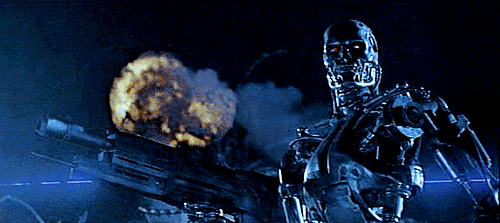To learn about AI, I went back to print – here’s what I found
With so much attention on AI at present, Initiative’s Ryan Haeusler decided to stop with the overly dramatic Facebook articles and actually read some books on the subject. This is what he discovered.
After watching the Google Duplex demo that was released in May, I started to notice a lot of worrying articles like Controversial AI has been trained to kill humans and Are you scared yet? Meet Norman, the psychopathic AI. Cue flashes of Skynet and mankind’s impending doom…

After holding back the urge to start investing in a fallout shelter for my back yard (I did the research just in case), I decided to do a bit of research on AI past my FB feed.


Very insightful article mate!